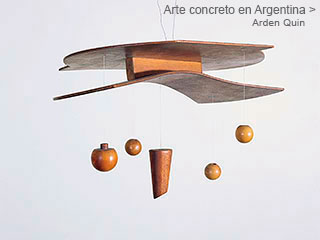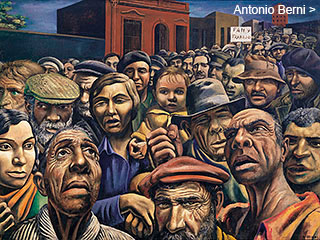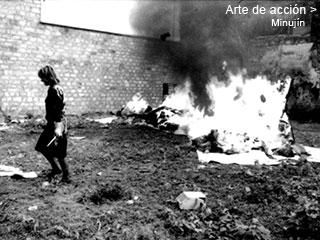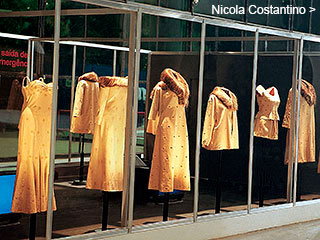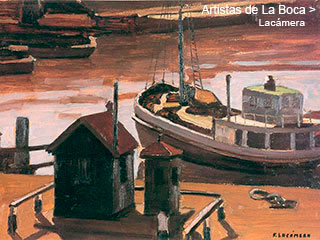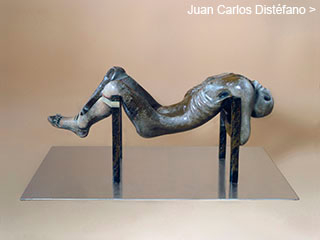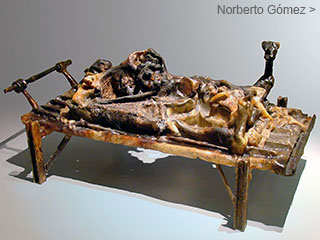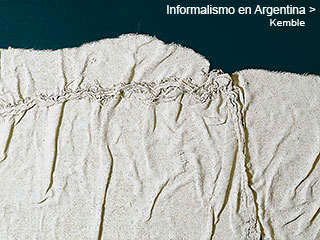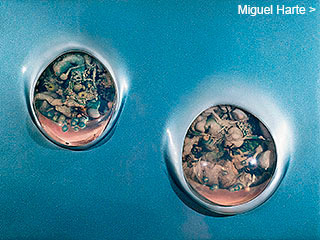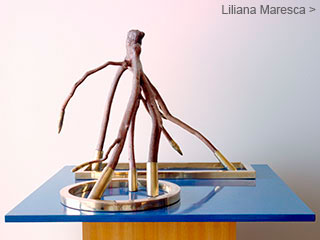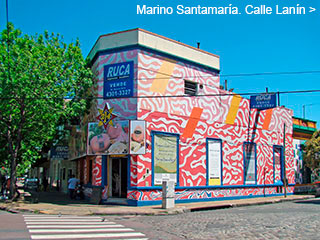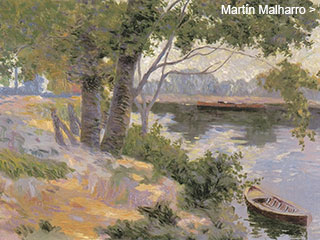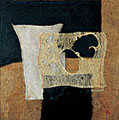Menú
Algunos dossiers
Informalism
in Argentina
in Argentina
by
Jorge López Anaya
August 2003
August 2003
Argentine Informalism incorporated processes which went against the “good taste” of the local practices. Based on the existential poetry of the time, through spontaneous gestures and the use of discarded material, it violated the limits of the traditional artistic genre and opened the road to the concept of the object, the installations and the art of action.
Kemble
Kenneth Kemble (Buenos Aires, 1923 - 1998) started his art studies in Buenos Aires, with Raúl Russo. In 1951 he traveled to Paris and registered at the André Lhote workshop. He frequented the Ranson Academy, attended the Grand Cahumiére and assisted the sculptor Ossip Zadkine’s atelier. In 1954 he returned to Argentina, but he soon traveled to the United States to settle in California. In 1955 he was already back in Buenos Aires. He immediately started working on a series of paper collages, mixed with rags, tree bark and similar material. The technique of pasting papers was not new to him, as he had seen it in Lhote’s atelier. But now, with the collage he looked to give a new feasible reality to this plane, pretending to oppose materials and textures against each other. “One of the fundamental aspects of the present day plastic art investigation –Kemble wrote– is the search, experimentation and the use of materials which had not previously been chosen, and the making of finished and definite pieces that do not allow their transportation to another media”.
With the collage he discovered the possibility of making his pieces with a realistic and not “made up” reality. He started using tactile materials that did not lose their original meaning. In some way, they kept part of the original existential meaning acquired in its primitive context. In 1957 he tried convincing some marchands to exhibit several collages. According to what he wrote, it was an impossible task as all the galleries advised: “why don’t
more


